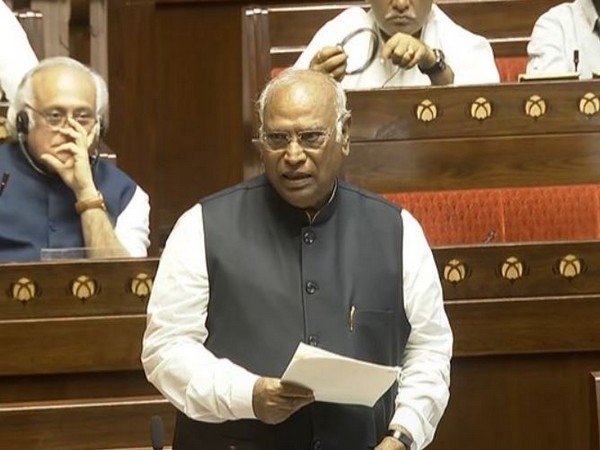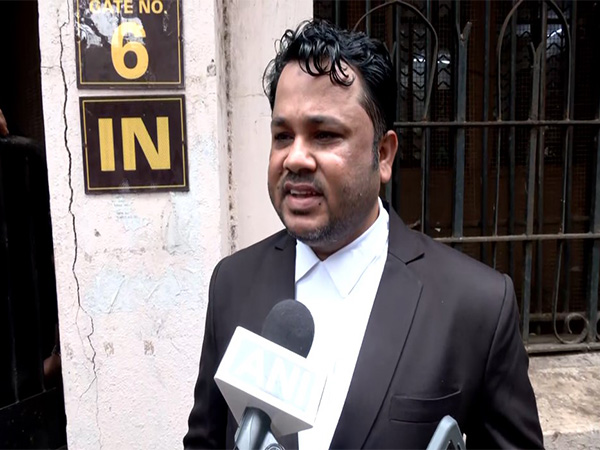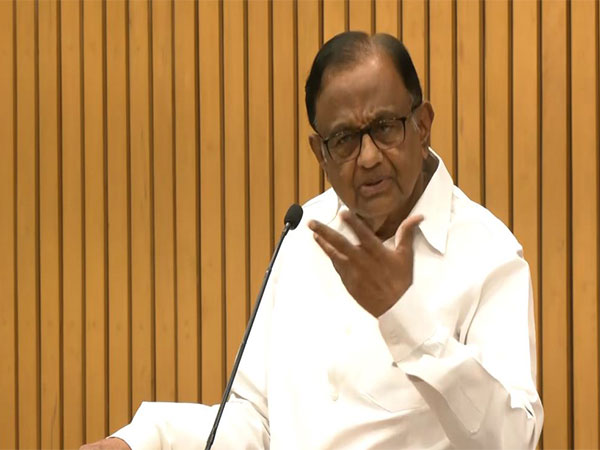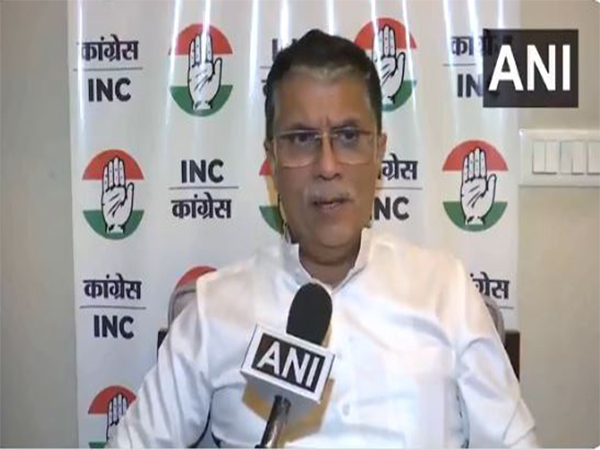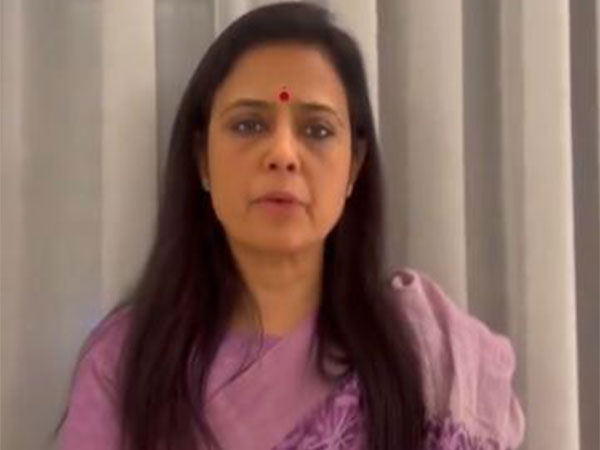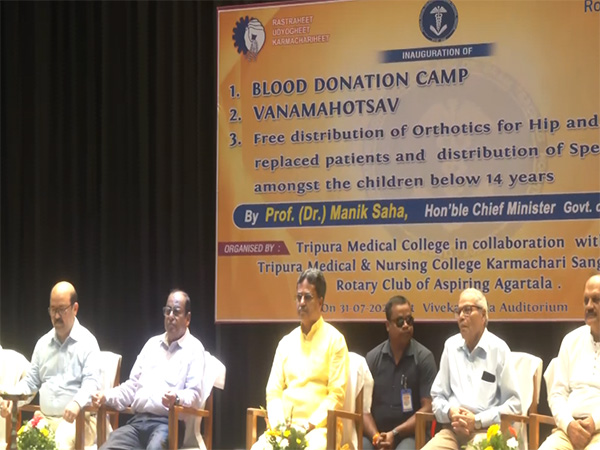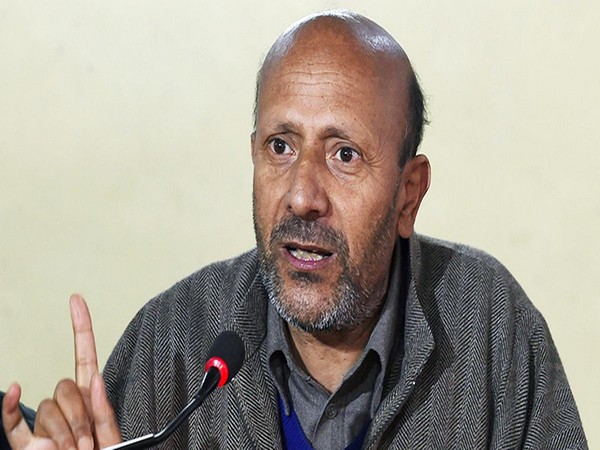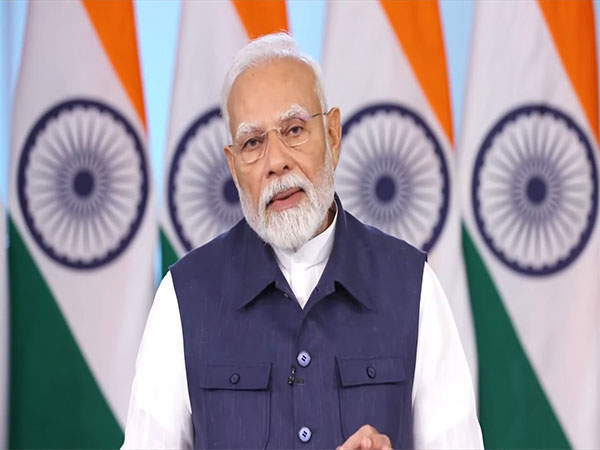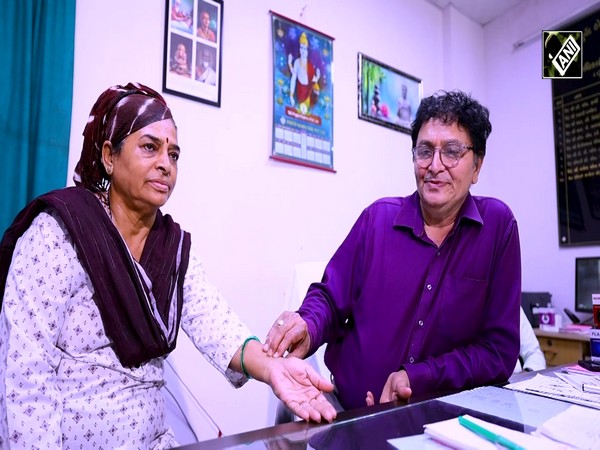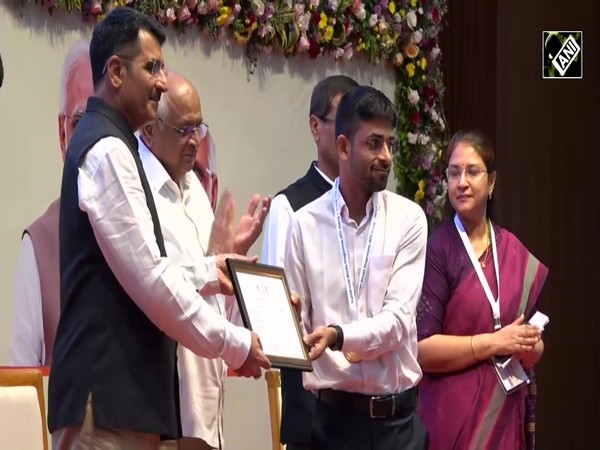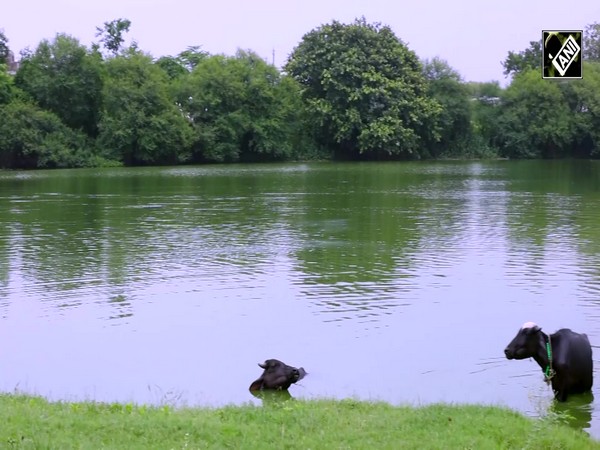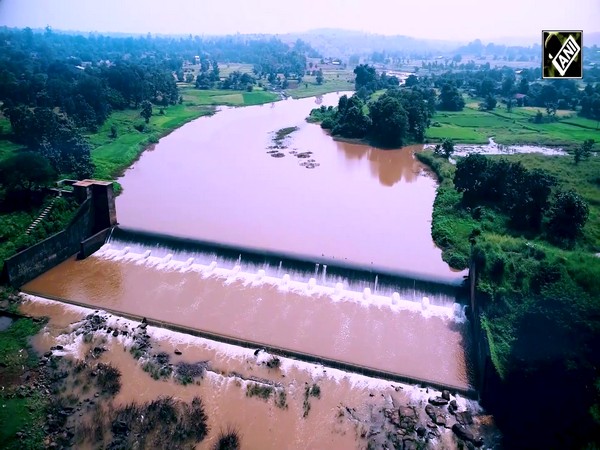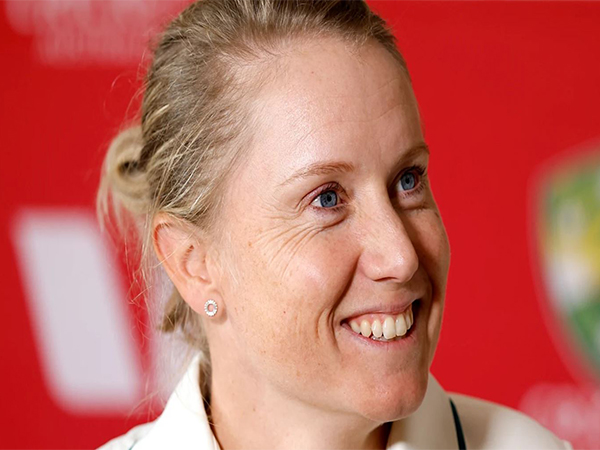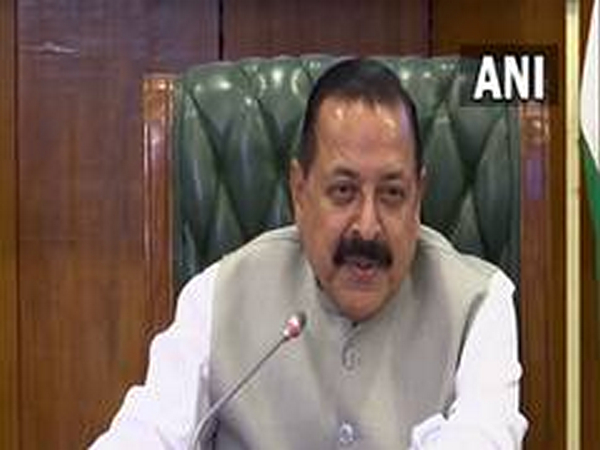
"A game changer": Jitendra Singh says NISAR satellite launch embodies India's 'Vishwabandhu' spirit
Jul 30, 2025
New Delhi [India], July 30 : Union Science and Technology Minister Jitendra Singh on Wednesday hailed India's successful launch of the GSLV-F16 rocket carrying the world's first dual-band radar satellite, NISAR, calling it a "game changer" in precise management of disasters like cyclones and floods.
Soon after the launch, Union Minister Jitendra Singh said, "Congratulations India! Successful launch of GSLV-F16 carrying the world's first dual-band radar satellite NISAR...a game changer in precise management of disasters like cyclones, floods etc. Also, it's capacity to penetrate through fogs, dense clouds, ice layers, etc, makes it a pathbreaking enabler for the aviation and shipping sectors. The inputs from NISAR will benefit the entire world community...in the true spirit of 'Vishwabandhu'.
"Proud to be associated with the Department of Space at a time when Team ISRO is registering one global milestone after the other, under the supportive patronage of PM Narendra Modi," he further said.
The Indian Space Research Organisation (ISRO) launched the NISAR satellite a sophisticated earth observation satellite developed in collaboration with the American space agency NASA launched from Sriharikota on Wednesday evening on its scheduled time.
A joint mission of NASA and ISRO, the Earth satellite launched from Satish Dhawan Space Centre on in Sriharikota in Andhra Pradesh India's southeastern coast aboard an ISRO Geosynchronous Satellite Launch Vehicle rocket at 5.40 pm.
NISAR launched into orbit onboard the Geosynchronous Satellite Launch Vehicle GSLV-F16. Usually, PSLV was utilised for such an orbit and this is the first time that a GSLV rocket was injecting a satellite into a Sun Synchronous Polar Orbit.
Folowing the successful launch ISRO posted on X, "Separation confirmed Each stage, precise. Cryo ignition and Cryo stage performance flawless. GSLV-F16 delivered NISAR to orbit."
"WHAT next? Next: Commissioning, calibration, then science," the Indian Space Agency said.
The first 90 days after launch will be dedicated to commissioning, or In-Orbit Checkout (IOC), the objective of which is to prepare the observatory for science operations. Commissioning is divided into sub-phases of initial checks and calibrations of mainframe elements followed by JPL engineering payload and instrument checkout.
The science operations phase begins at the end of commissioning and extends till end of mission life, which for this satellite is five years.
During this phase, the science orbit will be maintained via regular maneuvers, scheduled to avoid or minimize conflicts with science observations. Extensive calibration and validation (CalVal) activities will take place. The observation plan for both L and S-band instruments, along with engineering activities (e.g., maneuvers, parameter updates, etc.), will be generated pre-launch via frequent coordination between JPL and ISRO, the Indian space agency said.
